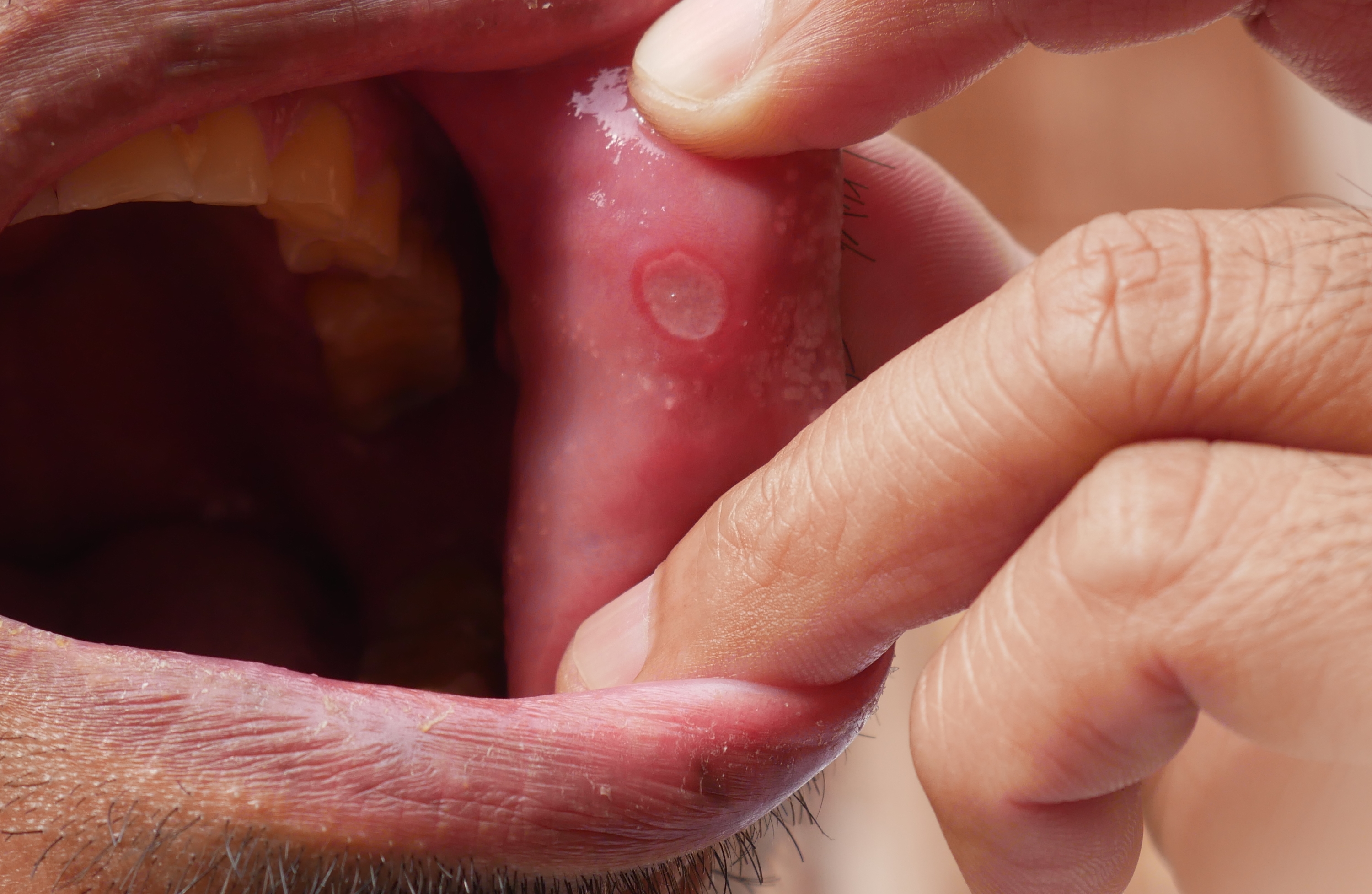
Oral cancer refers to cancer that develops in the tissues of the mouth or throat. It can occur in the lips, gums, tongue, inner lining of the cheeks, roof or floor of the mouth, and the tonsils. Like other forms of cancer, oral cancer occurs when cells in the mouth develop changes (mutations) in their DNA.
Here are some key points about oral cancer:
Risk Factors: Several factors can increase the risk of developing oral cancer, including tobacco use (smoking or chewing), heavy alcohol use, sun exposure (for lip cancer), a family history of cancer, and certain strains of the human papillomavirus (HPV).
Symptoms: Signs and symptoms of oral cancer may include persistent mouth sores, pain or difficulty swallowing, a lump or thickening in the cheek, white or red patches on the gums, tongue, or lining of the mouth, ear pain, and changes in voice.
Diagnosis: Diagnosis typically involves a physical exam of the mouth and throat, along with biopsies (tissue samples) of any suspicious areas. Imaging tests such as CT scans or MRI may be used to determine the extent of the cancer.


Treatment: Treatment for oral cancer depends on the location and stage of the cancer. Options may include surgery to remove the tumor, radiation therapy, chemotherapy, or targeted therapy. Treatment plans are often personalized based on the individual's overall health and preferences.
Prognosis: The prognosis for oral cancer varies widely depending on factors such as the stage of the cancer at diagnosis and how well it responds to treatment. Early detection and treatment generally improve outcomes.
Prevention: To reduce the risk of oral cancer, it's important to avoid tobacco in any form (including smokeless tobacco), limit alcohol consumption, practice good oral hygiene, and consider the HPV vaccine to prevent HPV-related cancers.
Regular dental check-ups can help detect early signs of oral cancer. If you notice any persistent changes in your mouth or throat, it's important to see your dentist or doctor promptly for evaluation. Early detection can significantly improve the chances of successful treatment.